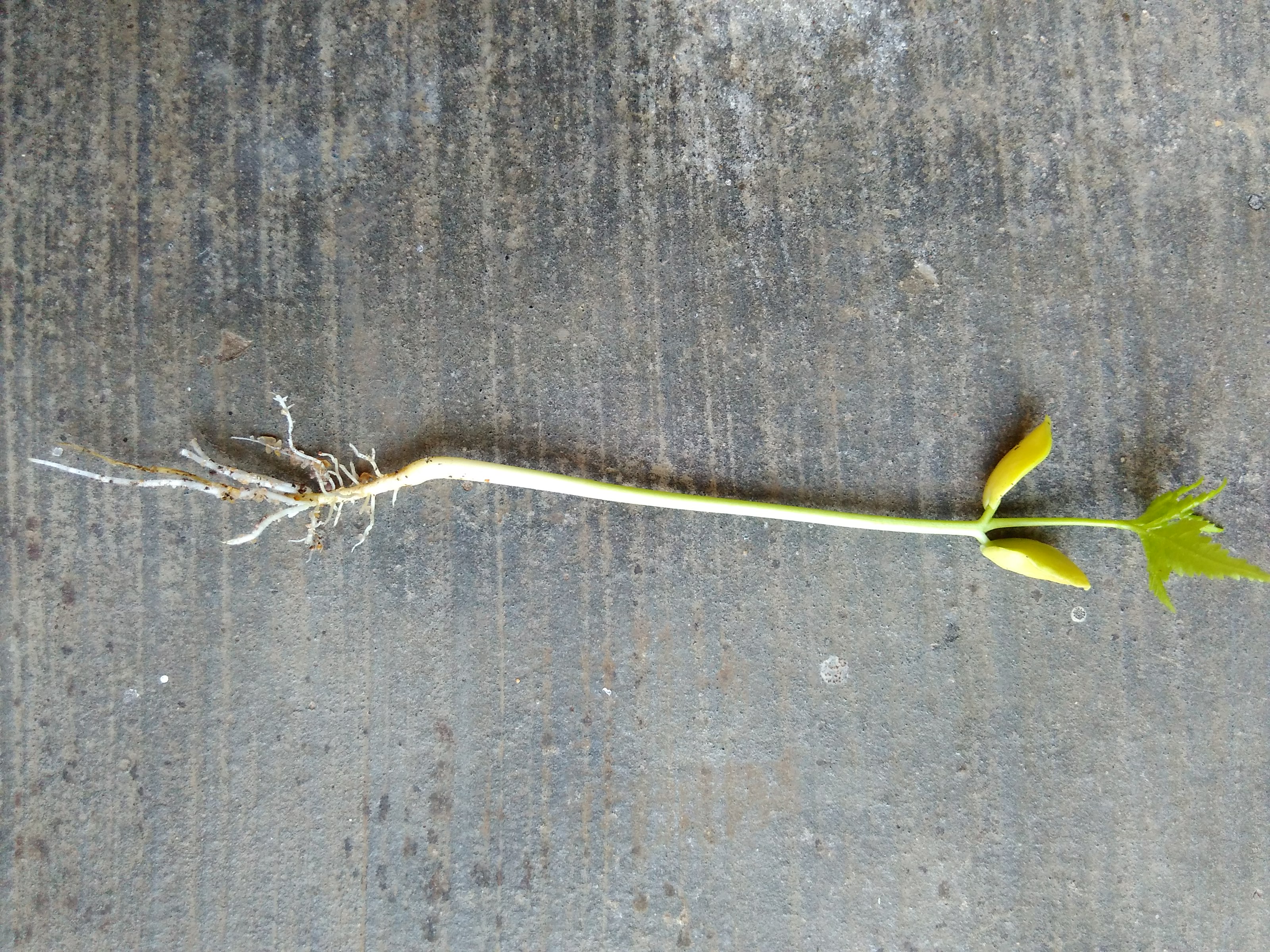|
Carphephorus Paniculatus
''Carphephorus paniculatus'', commonly known as the hairy chaffhead, is a species of flowering plant native to parts of the southeastern United States. A perennial dicot, it reaches a height of 3 feet. References {{Taxonbar, from=Q15560280 Eupatorieae Flora of the Southeastern United States Flora without expected TNC conservation status ... [...More Info...] [...Related Items...] OR: [Wikipedia] [Google] [Baidu] |
Dicot
The dicotyledons, also known as dicots (or, more rarely, dicotyls), are one of the two groups into which all the flowering plants (angiosperms) were formerly divided. The name refers to one of the typical characteristics of the group: namely, that the seed has two embryonic leaves or cotyledons. There are around 200,000 species within this group. The other group of flowering plants were called monocotyledons (or monocots), typically each having one cotyledon. Historically, these two groups formed the two divisions of the flowering plants. Largely from the 1990s onwards, molecular phylogenetic research confirmed what had already been suspected: that dicotyledons are not a group made up of all the descendants of a common ancestor (i.e., they are not a monophyletic group). Rather, a number of lineages, such as the magnoliids and groups now collectively known as the basal angiosperms, diverged earlier than the monocots did; in other words, monocots evolved from within the di ... [...More Info...] [...Related Items...] OR: [Wikipedia] [Google] [Baidu] |
Eupatorieae
Eupatorieae is a tribe of over 2000D.J.N.Hind & H.E.Robinson. 2007. Tribe Eupatorieae In: ''The Families and Genera of Vascular Plants'' vol.VIII. (Joachim W.Kadereit & Charles Jeffrey, volume editors. Klaus Kubitzky, general editor). Springer-Verlag. Berlin, Heidelberg. species of plants in the family Asteraceae. Most of the species are native to tropical, subtropical, and warm temperate areas of the Americas, but some are found elsewhere.Turner,B.L.(1997). Eupatorieae. In: Turner,Billie Lee (editor) ''The Compositae of Mexico. A systematic account of the family Asteraceae,'' vol.1. Phytologia Memoirs 11:i-iv,1-272. Well-known members are '' Stevia rebaudiana'' (used as a sugar substitute), a number of medicinal plants ('' Eupatorium''), and a variety of late summer to autumn blooming garden flowers, including '' Ageratum'' (flossflower), '' Conoclinium'' (mistflower), and '' Liatris'' (blazing star or gayfeather). Plants in this tribe have only disc florets (no ray florets ... [...More Info...] [...Related Items...] OR: [Wikipedia] [Google] [Baidu] |
Flora Of The Southeastern United States
Flora (: floras or florae) is all the plant life present in a particular region or time, generally the naturally occurring ( indigenous) native plants. The corresponding term for animals is ''fauna'', and for fungi, it is '' funga''. Sometimes bacteria and fungi are also referred to as flora as in the terms ''gut flora'' or ''skin flora''. Etymology The word "flora" comes from the Latin name of Flora, the goddess of plants, flowers, and fertility in Roman mythology. The technical term "flora" is then derived from a metonymy of this goddess at the end of the sixteenth century. It was first used in poetry to denote the natural vegetation of an area, but soon also assumed the meaning of a work cataloguing such vegetation. Moreover, "Flora" was used to refer to the flowers of an artificial garden in the seventeenth century. The distinction between vegetation (the general appearance of a community) and flora (the taxonomic composition of a community) was first made by Jules Thurm ... [...More Info...] [...Related Items...] OR: [Wikipedia] [Google] [Baidu] |


